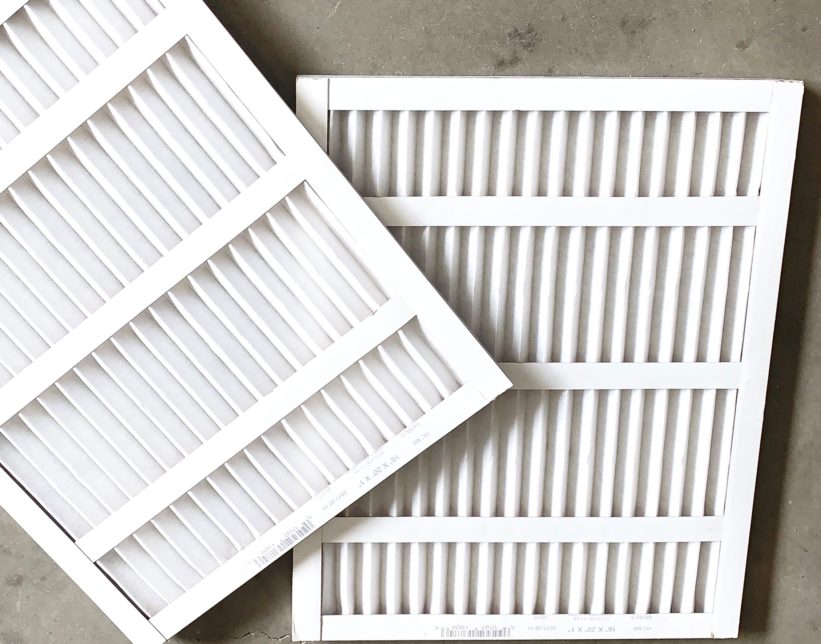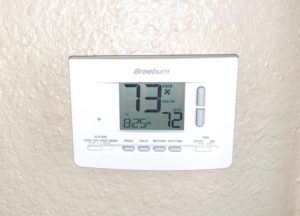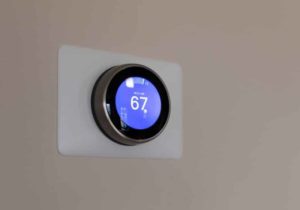Routine air conditioning maintenance is crucial for ensuring that your air conditioner can efficiently and adequately cool your home. Part of this maintenance is regularly changing the air conditioning filter. The filter is the part of your air conditioner that keeps dust, dirt, and other debris out of the air before it gets cooled and sent back into your home.
Over time, it fills up. Once filled, it can no longer function properly, which can result in significant complications. A clogged filter can even go so far as to ruin your entire unit! To ensure optimal efficiency, and keep your energy bills manageable, it is essential that your air conditioning filter is changed. Here’s how.
Locate the Filter
The very first step of changing your air conditioning filter is actually to locate it. While this sounds simple, there’s no one particular spot for it. The location of the filter often depends on the type of air conditioner that you have. With some, the filter is located in the return air duct. It could be located near the blower system of your furnace if the furnace and air conditioner share ducts. If you’re not sure, your HVAC technician can help you out.
Determine Your Filter Size and Type
The size of your air conditioning filter matters. It should be relatively easy to find the size of the one currently in your system. Typically, you can find it right on the old filter. You can also find the correct filter size by looking at the user manual or by searching the internet for make and model of your unit.
In addition to size, which is non-negotiable, you also have strength and type to consider. A filter’s strength is measured by a MERV rating. This rating lets you know how efficient the filter is at removing different airborne particles from the air. It is not an indication of energy efficiency. Most individuals do well with filters that have a rating between 8 and 13.
As for types, there are washable, fiberglass, polyester, pleated, and high-efficiency. Most find that polyester or pleated work best for their home and their budget.
Replace Your Air Conditioning Filter
Now that you have your replacement filter, it’s time to replace the old one. First, you should turn off the power. This is important for two reasons. One, you don’t want to run the risk of getting electrocuted.
Second, if your air conditioner is still running when you change the filter, all of the debris that the filter works to keep out can get in. Once the power is off, remove the old filter. This is relatively simple. It should just simply slide out of place. Slide the new filter into place. It should be a snug fit. If it’s loose or you notice any gaps, the filter is not the correct size.
Turn your power back on, and you’re finished. It’s that easy. To remember when you should change the filter again, make a note of when you did the change so you can reference it.
How Often Should an Air Conditioning Filter be Changed?
As a general rule, air conditioning filters should be changed approximately every three months. This is not a strict rule, however. Many factors determine how frequently you should change your filter.
One factor is the type. For instance, a high energy filter captures incredibly small particles, which means it can fill up faster. As such, it needs to be changed more often. The same is true of filters with a higher MERV rating. The higher the rating, the smaller the particles the filter removes. This means it can fill up faster.
Other factors that determine the frequency at which you should change your filter include if you have pets, how many pets you have, how many people live in the home, and the overall air quality. If you check your filter every month, you can more easily determine when it should be changed.
The filter might be a small part of your air conditioner, but that does not make it unimportant. Changing it regularly will help to ensure that your unit works properly and can keep your home correctly cooled all summer long.




